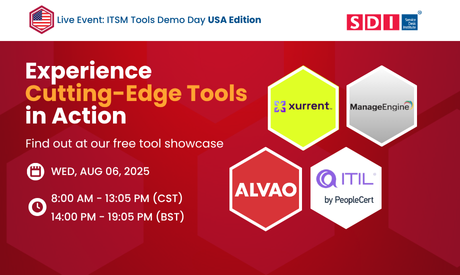

Events Programme
- Home
- Event
Filter
 Clear Filter
Clear Filter




 0
0



 Clear Filter
Clear Filter
